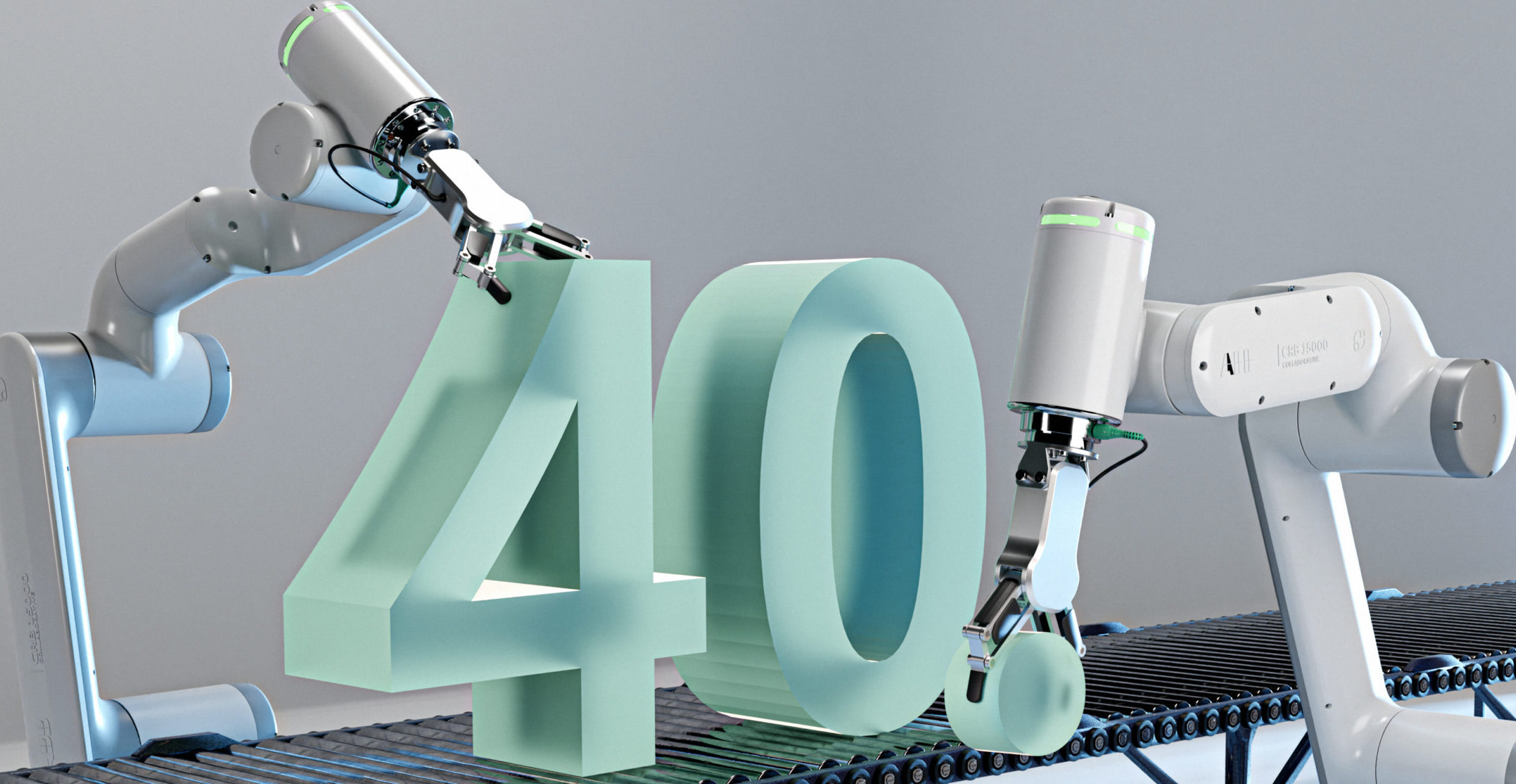
26 May Industry 4.0 concepts and Sustainability
“Industry 4.0 concepts” has grown more popular in recent years to characterize the fourth industrial revolution. The integration of digital and physical systems has build smarter, more connected factories and supply networks. Industry 4.0 has changed the way we work and use technology. It is also increasing the efficiency, productivity, and innovation of manufacturing.
With this increase in production, there is an increasing need for tackling the ecological impact caused by manufacturing and other businesses. The way we manufacture and use supplies is affecting the environment. This impact ranges from carbon emissions to resource depletion. So the nations all over the world have made sustainability their top priority.
Let’s look at the relationship between Industry 4.0 concepts and sustainability. And how Industry 4.0 technologies are being leveraged to build a greener future. We will go through some major areas where Industry 4.0 concepts are influencing sustainable practices with some examples.
Circular Economy
A circular economy is a business concept that aims to keep resources in use for as long as feasible while minimizing waste. A circular economy, as opposed to a linear economy, which follows a “take-make-dispose” paradigm, strives to build closed-loop systems in which assets are continually consumed, reused, and recycled. By designing products for longevity, repairing and refurbishing them when needed, and recycling them at the end of their life, a circular economy can reduce waste and limit the extraction of new resources.
Closed-Loop Manufacturing: Reusing and Recycling Materials
The capabilities of Industry 4.0 are currently applied to build a more sustainable economy by increasing resource efficiency, reducing waste, and allowing closed-loop manufacturing. IoT devices and sensors, for example, may be used to collect data on the use of the product, damage, and maintenance requirements, enabling more targeted repairs and refurbishing. Automation and robotics may also be utilized to deconstruct items and retrieve valuable resources for reuse.
Philips Lighting: Circular Lighting Program for LED Systems
There are already many companies that are implementing circular economy practices with the help of Industry 4.0 technologies. For instance, Philips Lighting has created a “circular lighting” program that allows customers to lease LED lighting systems and return them at the end of their life cycle for recycling and refurbishment. The program uses IoT sensors to track usage and optimize lighting efficiency, while also reducing waste and saving resources.
BASF: Closed-Loop Manufacturing for Plastic Goods
BASF, a German chemical corporation, is another example of a closed-loop manufacturing system for its plastic goods. BASF is able to collect and reuse up to 90% of its plastic waste using a mix of chemical recycling, mechanical disposal, and feedstock recycling. The business monitors the quality and structure of recycled materials using IoT sensors and digital monitoring systems, guaranteeing that they satisfy the same high requirements as virgin materials.
Benefits and Challenges: Environmental Impact and Business Opportunities
Companies that embrace the circular economy may decrease the environmental effect, save expenses, and generate new business possibilities. But there are other obstacles to overcome, such as the need for improved infrastructure, fresh ways of doing business, and legislative assistance. The circular economy provides a fantastic chance for Industry 4.0 concepts to advance sustainable practices and build a more resilient economy.
Renewable Energy
Industry 4.0 technologies are used to create renewable energy to decrease dependency on fossil fuels. IoT devices and algorithms cut the usage of energy and waste production. Sources of clean energy like solar and wind power too can be linked into smart grids and systems that manage energy.
Many businesses are already implementing Industry 4.0 technology in order to improve their usage of clean sources of energy. Siemens has created a digital platform called EnergyIP. This platform uses IoT devices and AI algorithms to improve energy consumption in buildings and industrial operations. It also is working to develop a more sustainable energy production system. EnergyIP uses renewable energy resources such as wind and solar generation to generate energy.
Another example is the Spanish utility company named Endesa. It has developed a smart energy management system called Enel X. The system uses IoT sensors and data analytics to monitor and optimize energy use in real-time. They have also integrated renewable energy sources such as solar and wind power with Endesa’s systems. This integration has decreased its carbon emissions and energy costs. Resulting in increased the reliability and resilience of its energy supply.
Although these technologies are extremely beneficial, they are very difficult to implement. There are various barriers to these technologies’ adoption. High upfront costs, regulatory restrictions, and the unpredictable nature of some renewable energy resources are among them. But expenses of renewable energy is declining and the need for sustainable practices is growing. More businesses are anticipated to embrace such improvements in order to contribute to a more ecologically friendly energy system.
Conclusion
Industry 4.0 concepts have the potential to significantly increase the use of renewable energy sources. This significantly decreases our dependency on fossil fuels. Companies are working to lower their ecological footprint and develop a more efficient and sustainable energy supply. They are applying Internet of Things devices and algorithms that use AI to optimize energy consumption and incorporate renewable energy sources. To address the hurdles and impediments to the wider use of these technologies, corporations, government agencies, and individuals will need to work together.